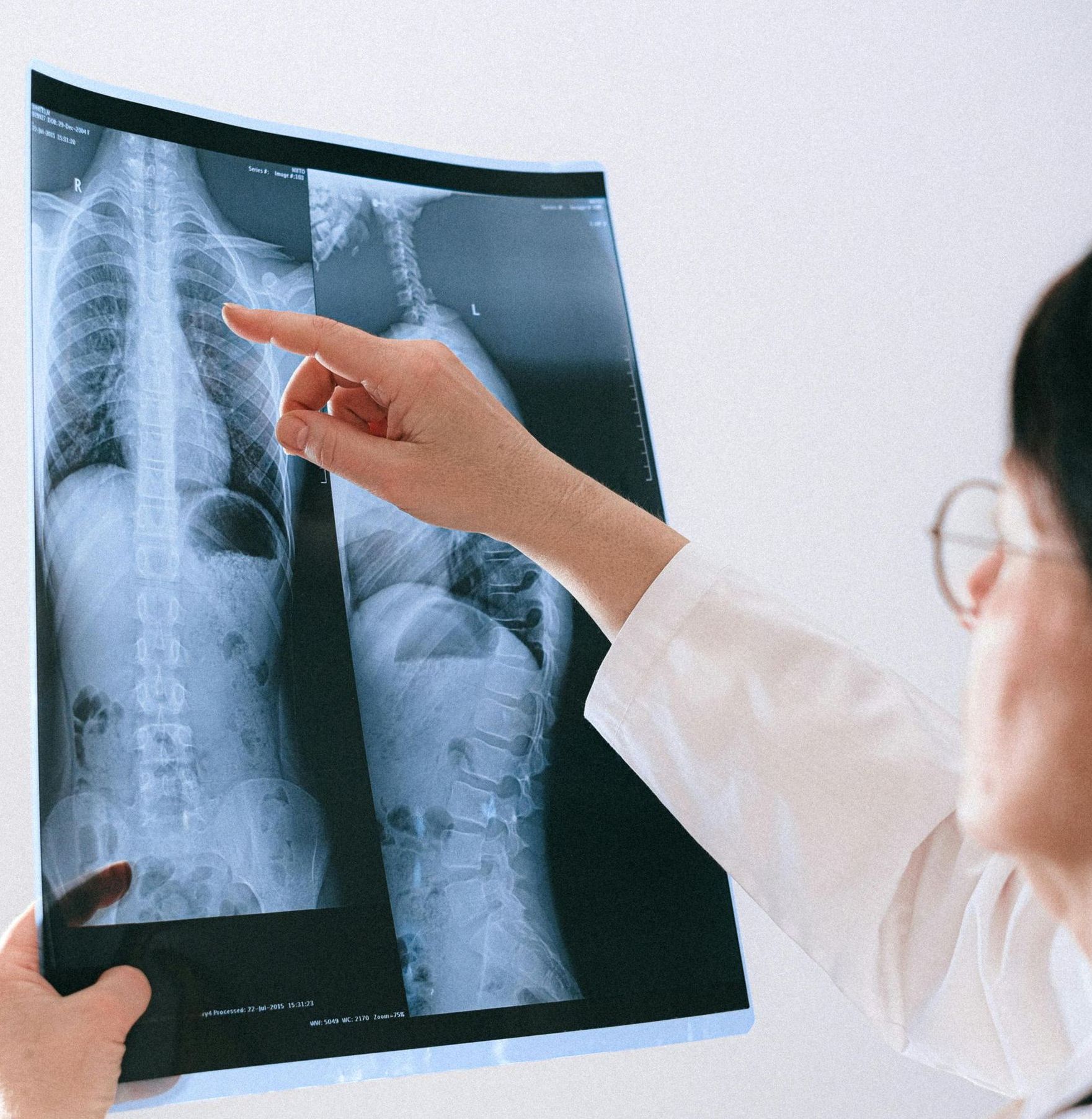Orthopedics Doctor in New Jersey, Pennsylvania, or Delaware
Orthopedic surgeons are specialists in the field of medical surgery. They are dedicated to diagnosing, treating, and managing acute and chronic injuries and diseases related to your body's musculoskeletal system. This intricate system comprises your bones, joints, ligaments, cartilage, tendons, muscles, and nerves. Activities that enable you to engage in various activities, such as movement, work, and an active lifestyle.
The primary objective of orthopedic surgeons is to enhance your overall quality of life, irrespective of your age. They focus on improving your well-being and ensuring optimal functioning of your musculoskeletal system. By utilizing their expertise, orthopedic surgeons strive to relieve pain, restore mobility, and enhance your ability to carry out daily activities with ease.
With their extensive knowledge and training, orthopedic surgeons provide comprehensive care for a wide range of orthopedic conditions. They employ both non-operative and operative treatments to address your specific needs. Whether you're dealing with an injury or a chronic condition, orthopedic surgeons are committed to finding the most appropriate and effective solutions for your individual situation.

What services does an orthopedics specialist provide?
-
Knee Pain and Injury
Knee pain and injuries are common issues that affect people of all ages, from athletes to older adults. These problems can result from conditions like ligament tears (ACL, MCL, or PCL), meniscus injuries, cartilage damage, arthritis, or overuse from repetitive activities. Left untreated, knee injuries can lead to chronic pain, reduced mobility, and long-term joint damage. Orthopedic surgeons perform comprehensive evaluations using physical exams, X-rays, MRIs, and other imaging tools to accurately diagnose the cause of knee pain. Treatment plans are tailored to each patient’s needs and may include physical therapy, anti-inflammatory injections, bracing, or minimally invasive arthroscopic surgery to repair damaged tissue. For severe injuries or advanced arthritis, procedures like knee reconstruction or total knee replacement may be recommended. With expert care, patients can restore stability, reduce pain, and return to their normal routines with confidence.
-
Shoulder Pain and Injury
The shoulder is one of the most mobile joints in the body, which makes it susceptible to a variety of injuries and conditions, including rotator cuff tears, labral injuries, bursitis, impingement, frozen shoulder, dislocations, and arthritis. These conditions can cause pain, stiffness, weakness, and difficulty performing everyday tasks like lifting or reaching overhead. Orthopedic surgeons carefully evaluate shoulder pain using advanced diagnostics, including ultrasounds or MRIs, to determine the precise cause of discomfort. Non-surgical treatment options—such as physical therapy, anti-inflammatory medications, and steroid injections—are often recommended initially. However, when conservative care isn’t enough, advanced surgical techniques like arthroscopic rotator cuff repair, labral repair, or joint replacement may be performed. By combining modern technology with personalized treatment, orthopedic surgeons help patients regain full range of motion, relieve pain, and prevent future injuries.
-
Hip Pain and Replacements
Hip pain is often caused by conditions like arthritis, hip fractures, labral tears, bursitis, or general wear and tear that affects the joint over time. Chronic hip pain can severely impact mobility, making it difficult to walk, climb stairs, or perform daily activities. Orthopedic surgeons offer a range of treatments, from conservative care such as physical therapy and anti-inflammatory medications to advanced surgical solutions. When the hip joint is severely damaged or worn, partial or total hip replacement may be recommended. During hip replacement surgery, the damaged portions of the joint are replaced with high-quality implants designed to restore smooth, pain-free motion. Advanced surgical techniques, including minimally invasive approaches, can lead to faster recovery times and improved long-term results. With expert care, patients can regain their independence and return to an active lifestyle.
-
Sports Injuries
Sports injuries can affect athletes of all skill levels and often involve damage to the ligaments, tendons, muscles, or bones. Common sports-related conditions include ACL tears, meniscus injuries, rotator cuff injuries, sprains, fractures, and overuse injuries like tendinitis. These injuries can sideline athletes for weeks or months if not properly treated. Orthopedic surgeons specializing in sports medicine use a combination of advanced diagnostic tools and personalized treatment plans to promote safe and efficient recovery. Non-surgical options, such as physical therapy, bracing, and regenerative medicine (like platelet-rich plasma therapy), are often explored first. For severe injuries or tears, minimally invasive arthroscopic surgery or ligament reconstruction may be necessary to restore strength and function. The goal is always to help athletes return to their sport safely while reducing the risk of re-injury.
-
Broken Bones
Broken bones, or fractures, can range from simple cracks to severe breaks that require surgical intervention. These injuries often occur due to falls, accidents, or high-impact activities like sports. Proper diagnosis and treatment are crucial to ensure bones heal correctly and to prevent long-term complications such as deformities or chronic pain. Orthopedic surgeons specialize in fracture management, offering both non-surgical options like casting or splinting and surgical treatments such as internal fixation with plates, screws, or rods for complex fractures. Advanced imaging and careful alignment techniques are used to ensure proper healing and restore full function. Post-treatment rehabilitation, including physical therapy, is often part of the recovery process to strengthen the affected area and prevent future injury.
-
Sprains
Sprains occur when the ligaments that support a joint are stretched or torn, commonly affecting areas like the ankle, knee, or wrist. Symptoms include pain, swelling, bruising, and difficulty moving the affected joint. While mild sprains can often heal with rest, ice, compression, and elevation (RICE), moderate to severe sprains may require medical intervention to ensure proper healing. Orthopedic surgeons assess the severity of the sprain using physical exams and imaging studies, such as MRIs or X-rays. Treatment options may include bracing, physical therapy, and anti-inflammatory medications, while surgical repair is reserved for severe ligament tears or chronic instability. Proper care ensures that patients regain full function, prevent long-term complications, and reduce the risk of recurring injuries.
